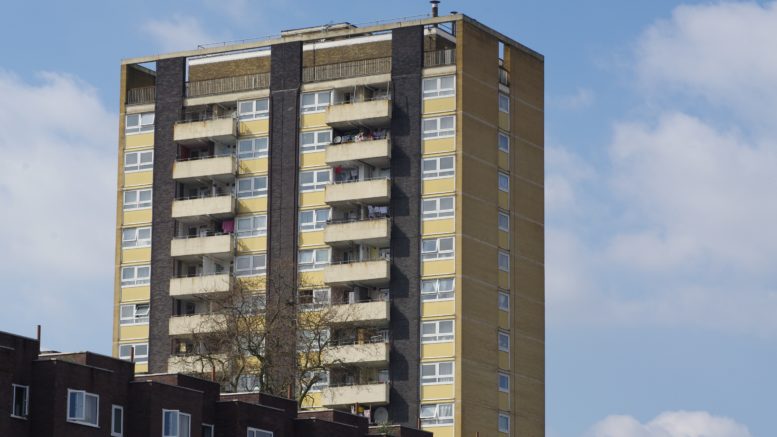LHA (Local Housing Allowance) determines how much a person on benefits can receive towards housing and depends on the area in which they live. So how did it come about?
Once upon a time, there was massive concern that housing benefit allowed the unemployed, the undeserving poor, to live in more comfortable circumstances than they deserved, in properties that the working could neither afford to rent nor to buy.
Our politicians took this on board, and this led to the introduction of local housing allowance (LHA). What was seen as a reasonable and logical step failed to appreciate what this would mean for tenants, beyond the fact that the undeserving poor could no longer live in a bigger or better property than ‘decent’ people could. Together with single room rents, the single homeless under 35 found they were ineligible for benefit for more than a room in a house in multiple occupation.
When it was introduced nationally from April 2008, the Northern landlords I worked with (the majority of whom were decent people, wanting to make a living and not the greedy rascals that the media delights in) were staggered that the Local Housing Allowance rate had been set considerably higher than the rents they were charging.
Under those circumstances, the landlords had two options. i) To retain the rent levels they had been happy with or ii) to increase rent to the LHA levels. Not surprisingly, for landlords who had felt under attack with increased legislation and feeling that the return on their investments did not adequately compensate them for the work they put into their properties, this was an opportunity to see their rent levels rise; who could blame them?
The first period after the LHA was introduced, the level was set at the 50th percentile; between the highest and lowest rents on the market. Someone must have thought this level was too generous, so it was lowered to the 30th percentile – an average of the rents paid in the lowest 30 per cent of the market.
Understandably, landlords got used to the higher level. If a tenant received LHA at the 50th percentile and a new tenant has LHA calculated on the 30th percentile, how fair is that to a landlord? A landlord would be mad to reduce the rent to the LHA level (though I know of many landlords that do this).
A recent item in Inside Housing, dated 11th October was headed ’90 per cent of private rented homes above LHA’. It went on to explain, to any of the housing professionals reading this article that this meant that 9 in 10 private renters really couldn’t afford to rent privately. This was data from the National Housing Federation, using analysis of 75,000 private homes advertised by Zoopla in July.
Horrifically, in some areas, less than 1 per cent (one in 100) private rented homes could be rented on Local Housing Allowance alone. Huntingdon, Cambridgeshire seems to be the place where LHA recipients would struggle most to find a property, with only 0.44 per cent of properties advertised being within the LHA limits.
Let me say it before anyone else does. This is due to greedy landlords, who have no sympathy for the homeless and vulnerable.
WRONG! This is due to the better off begrudging the poorest, the 1.3 million families who are dependent on LHA, the chance to live in a decent area and how they would want to live if their circumstances had been different and two-thirds of whom are working.
There seems little thought as to what would happen when false rent levels were set; to gauge the average rent in an area which has a high number of 4-bedroomed detached properties will obviously skew the average in the same area if there are a large number of terraced properties, HMOs and flats.
I cannot see a happy ending to this story, without massive social building and more respect for the private landlord, who so often carries the can when there are failings in the provision of housing.
For advice on buy to let issues – General Knowledge









Be the first to comment on "LHA and the Private Rental Sector"